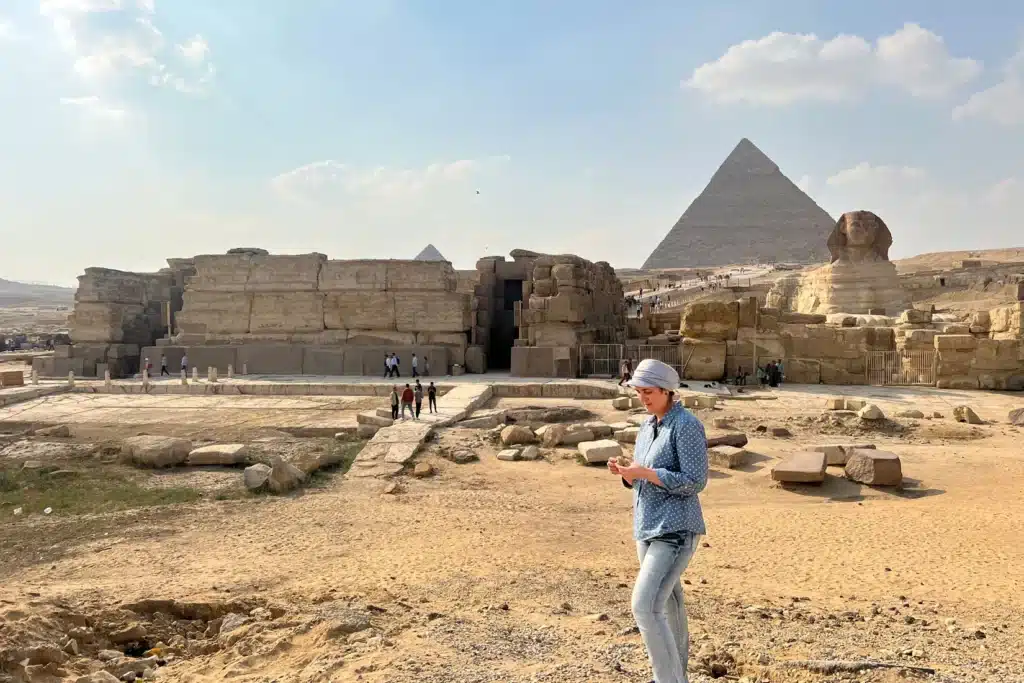Scientists may have finally solved 4000-year-old mystery of how Giza Pyramids were built
- The Giza Pyramids have fascinated and puzzled scientists and historians alike
- A team of researchers may have finally solved some of this age-old mystery
- Their theory revolves around an ancient branch of the Nile River
Published on May 17, 2024 at 2:15 PM (UTC+4)
by Daksh Chaudhary
Last updated on May 17, 2024 at 6:18 PM (UTC+4)
Edited by
Tom Wood
For over 4,000 years, the Pyramids of Giza in Egypt have fascinated and puzzled scientists and historians alike.
It’s still a mystery how these giant structures were built.
How the ancient Egyptians transported massive stone blocks to construct these marvels is still unknown.
READ MORE: Scientist claims he has proof we are living in an advanced virtual world simulation
However, recently, a team of researchers from the University of North Carolina Wilmington made a groundbreaking discovery that may finally solve this age-old mystery.
They believe they have uncovered the key to how the pyramids, including the famous Giza complex, were built.
Their theory revolves around an ancient branch of the Nile River, long lost and buried beneath the sands of the desert.

Using advanced technology like radar satellite imagery and historical maps, the researchers were able to map out this hidden river branch, which they named the Ahramat branch.
This river branch, stretching approximately 64 kilometers long and 200-700 meters wide, once flowed near the pyramid construction sites.
The proximity of the river to these sites suggests that it played a crucial role in the construction process.
But how exactly did the river contribute to building the pyramids?

According to Dr. Suzanne Onstine, ancient Egyptians likely used the river’s energy to transport heavy stone blocks, rather than relying solely on human labor.
This method would have been far less labor-intensive and more efficient, allowing them to move the massive blocks with relative ease.
This discovery reveals that despite lacking modern engineering equipment, the engineering of that time was way ahead of its time.

The utilization of natural resources to accomplish such monumental feats of construction is nothing other than impressive.
More than 4,000 years have passed, and the Giza Pyramids still stand tall as the epitome of ancient engineering.
While modern architecture like the NEOM project of Saudi Arabia could one day represent the peak of modern architecture it still pales in front of the Pyramids of Egypt.
Both projects aren’t short of a bit of speculation and controversy, either.
# Tags - Discovery, Egypt, Giza Pyramids, scientists

Daksh Chaudhary
Meet Daksh: Not your typical pro, but definitely a pro at being fascinated by supercars, tech, and all things futuristic. When he's not nose-deep in work, catch him glued to anime screens or lost in the pages of a good book.




